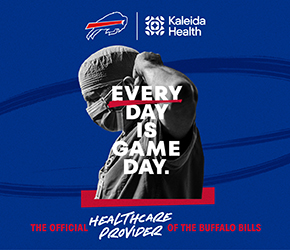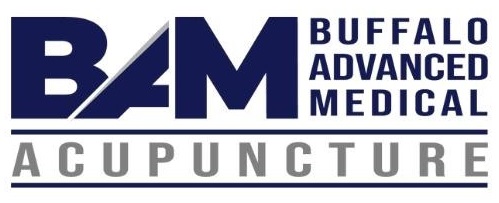Myths in Medicine: What Many People Still Believe

By Annette Pinder
Even with access to more health information than ever before, medical myths still spread. Misunderstandings can delay diagnosis, prevent lifesaving treatment, and threaten our health. The World Health Organization (WHO) reminds us that accurate medical knowledge—not social media or unverified claims—is crucial to protecting our health and our communities.
Myth 1: Vaccines cause autism.
Perhaps one of the most harmful myths is that vaccines cause autism. This false belief started with a small, fraudulent study published in 1998 that linked the measles, mumps, and rubella (MMR) vaccine to autism. That study was later retracted, and its author lost his medical license. Since then, the WHO and numerous large-scale studies have confirmed there is no connection between vaccines and autism. Vaccines are some of the safest and most effective tools for preventing serious illness and death. Misinformation about vaccines can have deadly consequences by reducing immunization rates and allowing preventable diseases to come back.
Myth 2: Antibiotics cure colds and the flu.
Viruses, not bacteria, cause colds, and the flu is caused by viruses too, so antibiotics don’t work. Taking antibiotics unnecessarily can lead to antibiotic resistance—a growing global health threat. For viral illnesses, rest, hydration, and symptom relief are usually all that’s needed.
Myth 3: Vaccines can be dangerous and cause long-term harm.
The WHO notes that, for many routinely used vaccines, “information sheets” list expected rates of mild and serious adverse reactions. An mRNA COVID‑19 vaccine study found that myocarditis (heart-inflammation) after vaccination occurs around 1 in 50,000 people. For the most part, serious vaccine injuries are extremely rare. See https://publichealth.jhu.edu/2022/what-vaers-is-and-isnt to learn more.
Myth 4: Mammograms, X-rays, CT scans, and MRIs are dangerous.
These diagnostic tools are vital for detecting disease early. Mammograms and X-rays use very low doses of radiation that are safe when performed as recommended. MRI scans use no radiation at all, and CT scans are used only when their benefits outweigh risks.
Myth 5: Thermography can replace a mammogram.
Thermography might seem appealing because it’s radiation-free, but it is not a proven substitute for mammography. The WHO and other health agencies warn that thermography can miss cancers or produce false alarms. Mammography remains the gold standard for early detection.
Myth 6: Ultrasounds are unnecessary or risky.
Ultrasounds use sound waves, not radiation, and are very safe when performed by trained professionals. They assist in diagnosing conditions, monitoring pregnancy, and guiding procedures without any known risks.
Myth 7: Healthy people don’t need checkups.
Many conditions—such as high blood pressure, diabetes, or early cancers—develop silently. Regular checkups, screenings, and vaccinations are essential for catching problems early and maintaining long-term health.
The WHO emphasizes that access to accurate, science-based information saves lives. Check with trusted sources like the World Health Organization, the American Academy of Family Physicians, the American College of Obstetricians and Gynecologists, and the American Academy of Pediatrics, and always consult your healthcare provider before making decisions about tests, treatments, or supplements. By replacing myths with knowledge, we empower ourselves to make safer, smarter choices for lifelong health.











